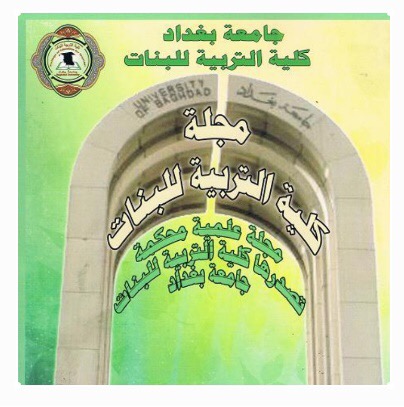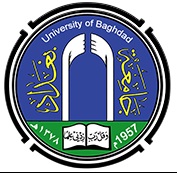Detecting the effectiveness of two tools for detecting the talented from their teachers' points of view
Abstract
Education specialists have differed about determining the best ways to detect the
talented. Since the appearance of the mental and psychological measurement movement, some
scholars adopted intelligence ratios as a criterion to identify the talented and others went to
rely on the degree of academic achievement. Each of these two methods has its own flaws and
mistakes and a large number of talented children were victims of these two methods.
Therefore the need to use other scales for the purpose of detection of talented children
appeared because they provide valuable information which may not be obtained easily
through objective tests and these scales are derived from consecutive studies of gifted andtalented children , or from the conduct of the life of the talented people and genius who left
their clear imprint in the history of human civilization and these scales are filled by teachers
or counselors staying stick to the talented children in school and some of them filled by
relatives and colleagues.
Therefore, the researcher has adopted two scales and makes a comparison between
them by extracting the psychometric properties in order to identify which one is better at
detecting talented.
The first measure is of (Renzulli, 1979) which estimates the behavioral traits of
gifted students in the areas of stimulus, learning, and creativity.
The second measure is of (Steinberg, 2010) in which he confirms on the three
abilities: analytical ability, creative ability, and the practical ability. He stressed on the
balance between these three abilities for the emergence of the talent of the child.
In order to achieve the goal of this research, the researcher has applied the scale on a
sample of gifted students consisted of (63) students into three schools for gifted students in
Baghdad, Najaf, and Basra. Twelve teachers were selected from schools who have teaching
experience of more than three years and are adjacent to the talented student monitoring his/her
behaviors. The researcher has reached, after extracting the psychometric characteristics of
each of the two scales, that both have high stability and high structure validity.
The researcher has recommended the adoption of the two scales as a basis for
detecting the talented by their teachers with the aim of sending those talented students to
private schools special for gifted students, or if these students are found in ordinary schools,
special classes and programs for the development and refinement of their talent are allocated
to them and make the utmost benefit of it. The researcher has suggested doing more on the
methods of the detection of talented and applied them early on the children before it is too
late.

Published
Issue
Section
License
![]()
All articles published in Journal of College of Education for Women are licensed under a Creative Commons Attribution 4.0 International License.










